Important Point
What Is Centrifugal Casting?
Centrifugal castings are the process of casting in which centrifugal force is used for the casting process. It is also called roto casting. Before knowing about centrifugal casting, you should know what the centrifugal force is: Centrifugal force is the forces that are felt by an object moving in a curved path and are radially directed outward. Centrifugal casting was invented in the year 1852 by Alfred Krupp. He used it to manufacture railway wheels.
High-quality products can be made using this casting technique by proper control of the metal and crystal structure. These casting techniques are mainly used to produce rotationally symmetric products. The products obtained by this process is not the final product; it requires some machining to provide a good finishing.
This technique is a cost-effective technique for manufacturing complex shapes. In this technique, the use of the machining process is minimized. This technique has a much lower manufacturing cost than other processes such as forging.
In this process, the outer diameters of the component are determined by the internal dimension of the mold, and the internal diameter of the component is determined by the amount of metal inside the mold.
Vacuum Centrifugal Casting:- It is an advanced type of centrifugal casting. In this type of centrifugal casting, metal casting is done in a vacuum. This type of centrifugal castings was introduced because some alloys, such as nickel-cobalt superalloy, are reactive to oxygen, so these metals must be cast in the absence of oxygen, and therefore vacuum centrifugal casting to cast these types of alloys Is used.
The products produced by vacuum centrifugal castings are very reliable. This process is often used in aerospace & military applications.
Material cast using centrifugal casting:- Centrifugal castings are mainly used for casting materials such as glass, iron, steel, stainless, steel, alloy aluminium, copper, and nickel.
Types of Centrifugal Casting:
There are two types of centrifugal castings processes – vertical & horizontal. In addition, some manufacturers offer near-net shaping that combines the benefits of centrifugal casting with shaping O.D, perhaps even with the finished details of an investment casting.
There are mainly two types of centrifugal castings:
- Vertical Centrifugal Casting.
- Horizontal Centrifugal Casting.
1. Vertical Centrifugal Casting
Some manufacturers produce centrifugal components, with some shaping the OD, die rotating about the vertical axis. This vertical casting that O.D. Shaping by pouring graphite, sand, or ceramic molds into the die – resulting in significantly less post-processing like machining or fabrication.
The details on the outer surface of the casting can be modified from the actual circular shape by introducing molds or the inner diameter of the boss mold. The finished part does not need to be symmetrical but, in some cases, does the casting to maintain balance when spinning the mold.
The inside diameter and, therefore, the thickness of the casting wall is the amount of metal poured into the rotating mold and the function of the machine being removed. When casting verticals, the height of the casting will usually be less than twice the width.
2. Horizontal Centrifugal Casting
Some centrifugal castors only produce horizontal castings where the die rotates about the horizontal axis. It is a cost-effective method for producing high-quality tubular components. This process is particularly suited for long cylindrical parts where the length of the casting is much longer than its outer diameter.
This includes a straight tube section, long cylinders with end flanges, or short sections such as rings or flanges, where several parts can be effectively fabricated with a straight cylinder.
A tall steel casting mold rotates at high speed when positioned horizontally. The rotational speeds of the mold are high to offset the gravitational forces. The covers at each end of the mold are of molten metal, and a funnel is used to deliver a set weight of metal inside the mold.
Horizontal centrifugal castings are preferred for long cylinders, & vertical centrifugal casting is preferred for producing rings and bearings.
Also, Read: Parts of Benson Boiler | Working Principle of Benson Boiler | Construction of Benson Boiler
Working of Centrifugal Casting:
In this casting method, high-speed rotation of the permanent mold is performed, and the molten metal is poured together. When the molten metals are inserted into the pre-rotating mold, the molten metal expands inside the mold wall due to the centrifugal force created by the rotation. The pressure created by centrifugal forces is about 100 times the force of gravity.
The mold cavity rotates about its axis at speeds of 300 to 3000 RPM. As the mold begins to fill, more dense metal spines move towards the mold wall. After some time, the molten metal freezes freezing.
The molten metal freezes in a particular direction from the outer diameter towards the inner diameter. Directional solidification avoids mid-wall shrinkage and results in a defect-free structure without cavities or gas pockets.
After rotation, the mold is taken out of the rotating rollers. The mold is allowed to cool evenly and slowly so that the metal does not get blistering and rendering. In this process, the impurity present in the molds moves towards the inner diameter & can be easily removed after casting by machining processes.
Due to controlled freezing and secondary refining, high-quality components can be produced using this casting process. Parts produced using centrifugal casting have a fine-grained microstructure that can easily resist atmospheric corrosion.
Also, Read: Parts of Cornish Boiler | Working Principle of Cornish Boiler | Construction of Cornish Boiler
Steps of Centrifugal Casting:
1. Mold Preparation
First, the mold is prepared before pourings the molten metal. The cylindrical mold walls are coated with refractory ceramic coating, which includes steps such as application, rotation, drying, & baking of refractory ceramic coating.
2. Pouring
After preparation of the mold, the molten metals are poured directly into the rotating mold without the use of runners or gating systems. High-speed rotation of the permanent mold is performed, and the molten metal is poured together.
When the molten metals are inserted into the pre-rotating mold, the molten metal expands inside the mold wall due to the centrifugal force created by the rotation. The pressure creates by the centrifugal force is about 100 times the force of gravity.
The mold cavity rotates about its axis at speeds of 300 to 3000 RPM. As the mold begins to fill, more dense metal spines move towards the mold wall. As the mold begins to fill, more dense metal spines move towards the mold wall.
Less dense metals and impurities present in the mold move towards the inner diameter. Therefore, the impurity can be easily removed after castings by machining processes.
3. Cooling
While the mold rotates, the molten metals cool slowly. The mold is allowed to cool evenly and slowly so that the metal does not get blistering and rendering. Coolings are directed from the mold walls towards the inner diameter of the molten metals. This means that molten metal quickly cools near the mold wall.
Directional solidification avoids mid-wall shrinkage and results in a defect-free structure without cavities or gas pockets. Due to controlled freezing and secondary refining, high-quality components can be produced using this casting process.
4. Casting Removal
After the molten metal cools and freezes completely, the mold is removed from the roller, and the rocker is stopped. Now the casting has been removed from the mold.
5. Finishing
When a metal cast is obtained after centrifugal casting, the product is mechanized to provide refinement. Finishing is done by machinings, grinding, or sand-blasting the inner diameter of the product to remove impurities and smooth the inner and outer surface.
Parts Used in Centrifugal Casting:
1. Ladle
Laddus are used to pour molten metal into the pouring basin.
2. Pouring Basin
The pouring basins are used to pour the molten metal into the mold. The molten metals are poured into the basin using a ladle.
3. Rollers
There are four rollers, two at the bottom and two at the top. The bottom rollers are attached to the motor and rotate with it, while the two rollers at the top provide support to the mold while rotating.
4. Motor
The motor is used to provide rotational motion to the two lower rollers, which in turn rotates the mold.
5. Mold
Mold is used to hold molten metal and rotate at high speeds. The molds rotate continuously about their axis at high speeds. The molten metals are poured into the mold using an inset basin.
Also, Read: Parts of Lamont Boiler | What Is Lamont Boiler? | Working of Lamont Boiler | Construction of Lamont Boiler
Advantages of Centrifugal Casting:
Here, the different Advantages of centrifugal casting are as follows:
- Thin-walled cylinders can be easily inserted using this technique, which is very difficult to insert by other techniques or processes.
- It can be used to produce products in which grain, flow, & balance are important for the durability of finished products.
- This process can produce complex geometrical components at a low cost.
- Parts produced using centrifugal casting have a fine-grained microstructure that can easily resist atmospheric corrosion.
- Parts produced using centrifugal casting have a fine-grained microstructure that can easily resist atmospheric corrosion.
- This casting technique ensures the purity of the final product as all impurities move towards the inner diameter & can be easily removed by casting.
Also, Read: Parts and Functions of Grinding Machine | Grinding Machine | Grinding Machine Types
Disadvantages of Centrifugal Casting:
Here, the different Disadvantages of Centrifugal Casting are as follows:
- When producing products with small inner diameters, this technique becomes ineffective as it becomes difficult to remove impurities at the inner diameter.
- Centrifugal casting is only good for making cylindrical shapes. For shapes other than cylindrical shapes, there’s a loss in structural and purity gains. Producing shapes other than cylindrical shapes require more machining and makes the process more expensive.
- The size that can be generated using this technique is limited for the following reasons:
- During centrifugal casting, the parabola is formed below, which increases the machining time. To avoid parabola at the bottom, the ratio of diameter to height is 2: 1. This limits the sizes that can be produced using centrifugal castings.
Applications of Centrifugal Casting:
Here, the different Applications of centrifugal casting are as follows:
- Hollow cylindrical metal pipes were inserted into it.
- It is also used to make flywheels, cylinder liners.
- It is used to make parts that are axial in shape.
- It is also used to insert the sleeve valve of a piston engine.
- It is used to manufacture railway carriage wheels.
Frequently Asked Questions (FAQ)
Centrifuge Casting
Centrifugal casting or roto casting is a casting technique that is typically used to cast thin-walled cylinders. It is typically used to cast materials such as metals, glass, and concrete. High quality is attainable by control of metallurgy and crystal structure.
Centrifugal Casting Process
The centrifugal casting method is the method to produce pipes by pouring molten metal into a rapidly spinning cylindrical mold in which centrifugal force from the rotation exerts pressure on the molten metal. In 1952, Kubota developed its first centrifugal casting technology for steel.
Process of Centrifugal Casting
The centrifugal casting method is the method to produce pipes by pouring molten metal into a rapidly spinning cylindrical mold in which centrifugal force from the rotation exerts pressure on the molten metal.
Centrifugal Casting Process and Applications in the USA
Centrifugal casting has a wide range of applications in the industry and is used to make parts such as bushings, engine cylinder liners, rings, brake drums, water supply lines, sewage pipes, street lamp posts and gas pipes.
Advantages of Centrifugal Casting in the USA
- Higher Strength.
- Consistent uniform metallurgy.
- Fine Grain.
- Higher Purity.
- Denser homogenous structure.
- Freedom from gas defects.
Centrifugal Casting Vs Other Casting Methods in the USA
Centrifugal casting is a casting method that utilizes centrifugal force to produce castings with improved quality and properties. It offers several advantages over other casting methods in the USA. Let’s compare centrifugal casting with some other commonly used casting methods:
- Centrifugal Casting vs. Sand Casting:
- Sand casting is a widely used casting method in which molten metal is poured into a mold cavity formed in compacted sand. In contrast, centrifugal casting involves rotating a mold at high speeds to distribute the molten metal and create centrifugal force.
- Centrifugal casting produces castings with superior density, directional solidification, and mechanical properties due to the controlled filling and solidification process.
- Sand casting is generally more suitable for large and intricate castings, while centrifugal casting is advantageous for cylindrical or tubular shapes.
- Centrifugal casting minimizes the occurrence of defects like porosity and inclusions, resulting in improved casting integrity.
- Centrifugal Casting vs. Investment Casting:
- Investment casting, also known as lost-wax casting, involves creating a wax pattern that is coated with a ceramic shell. The wax is then melted out, and the cavity is filled with molten metal.
- Centrifugal casting is a simpler and faster process compared to investment casting. It eliminates the need for creating wax patterns and ceramic shells, reducing both time and cost.
- Investment casting is typically used for small, complex parts requiring high precision, while centrifugal casting is more suitable for larger and simpler shapes, such as pipes, cylinders, and rings.
- Centrifugal casting provides better metal density and directional solidification, resulting in improved mechanical properties compared to investment casting.
- Centrifugal Casting vs. Die Casting:
- Die casting is a process in which molten metal is injected under high pressure into a reusable steel mold, known as a die.
- Centrifugal casting is a gravity-based process, while die casting utilizes high pressure to force the molten metal into the mold cavity.
- Die casting is preferred for mass production of complex, high-precision parts, especially those with thin walls.
- Centrifugal casting is advantageous for producing hollow cylindrical shapes with controlled metal distribution and reduced defects.
- Die casting offers faster production rates, while centrifugal casting provides improved material properties and reduced porosity.
High-Quality Centrifugal Casting Services in the USA
- Ferralloy Inc. Cleveland, OH 440-250-1900.
- Lodestar Quality LLC Lafayette, IN 765-463-7455.
- Modern Aluminum Castings Co., Inc.
- R2 Quality Castings Waukesha, WI 866-664-5443.
- Franklin Bronze Precision Components Franklin, PA 814-437-6891.
- More Centrifugal Castings Companies.
Costs of Centrifugal Casting for Industrial Applications in the USA
The cost of centrifugal casting for industrial applications in the USA can vary depending on several factors. Here are some key considerations that can influence the cost:
- Material Cost: The cost of the raw materials used for centrifugal casting, such as the metal alloy, is a significant factor. Different metals have varying prices, so the material cost will depend on the specific alloy being used for the casting. For example, casting with aluminum alloy will have a different cost compared to casting with stainless steel.
- Equipment and Tooling: Centrifugal casting requires specialized equipment and tooling, including centrifugal casting machines, molds, and associated accessories. The cost of purchasing or leasing this equipment, as well as any necessary maintenance or repairs, will impact the overall cost of centrifugal casting.
- Labor Cost: The labor cost involved in centrifugal casting includes skilled operators who are trained in operating the equipment, preparing the molds, and overseeing the casting process. The number of operators required and the complexity of the casting project will influence the labor cost.
- Design and Engineering: The complexity and intricacy of the casting design can affect the cost. More complex designs may require additional engineering work, pattern or mold design, and customization, which can increase the overall cost of the process.
- Quality Assurance and Testing: Ensuring the quality of centrifugal castings often involves inspection, testing, and quality control measures. The cost of these processes, including non-destructive testing methods and certifications, should be taken into account.
Centrifugal Casting Process Steps
Like any other metal casting process, all three of the centrifugal casting processes follow the main casting steps of patternmaking, mould-making, melting, molten metal pouring and post-processing.
Application of Centrifugal Casting
choice for jet engine compressor cases, petrochemical furnace tubes, many military and defense components, and other applications requiring high reliability
Centrifugal Method of Casting Is Used To
Centrifugal casting is essentially used to produce pipes for sewage and water supplies. The technique consists of a cut/spray unit that goes through the interior of a cylindrical metallic mould in rotation, and distributes the fibre and resin along the length of the mould.
Like this post? Share it with your friends!
Suggested Read –
- Water Jet Cutting
- Difference Between Orthogonal and Oblique Cutting | Orthogonal Machining
- What Is Magneto Ignition System | How Does an Ignition System Work | How Does a Magneto Work | What Does a Magneto Do | Magneto Ignition System
- What Is a Synchromesh Gearbox? | Principle of Synchromesh Gearbox | Construction of Synchromesh Gearbox | Working of Synchromesh Gearbox
- Working of Constant Mesh Gearbox | What Is a Constant Mesh Gearbox? | Different Gear Ratios in Constant Mesh Gearbox | Construction of Constant Mesh Gearbox
- What Is Cupola Furnace? | Cupola Furnace Design । Cupola Construction | Purpose of Cupola | Working Principle of Cupola Furnace: | Advantages of Cupola Furnace | Disadvantages of Cupola Furnace | Applications of Cupola Furnace
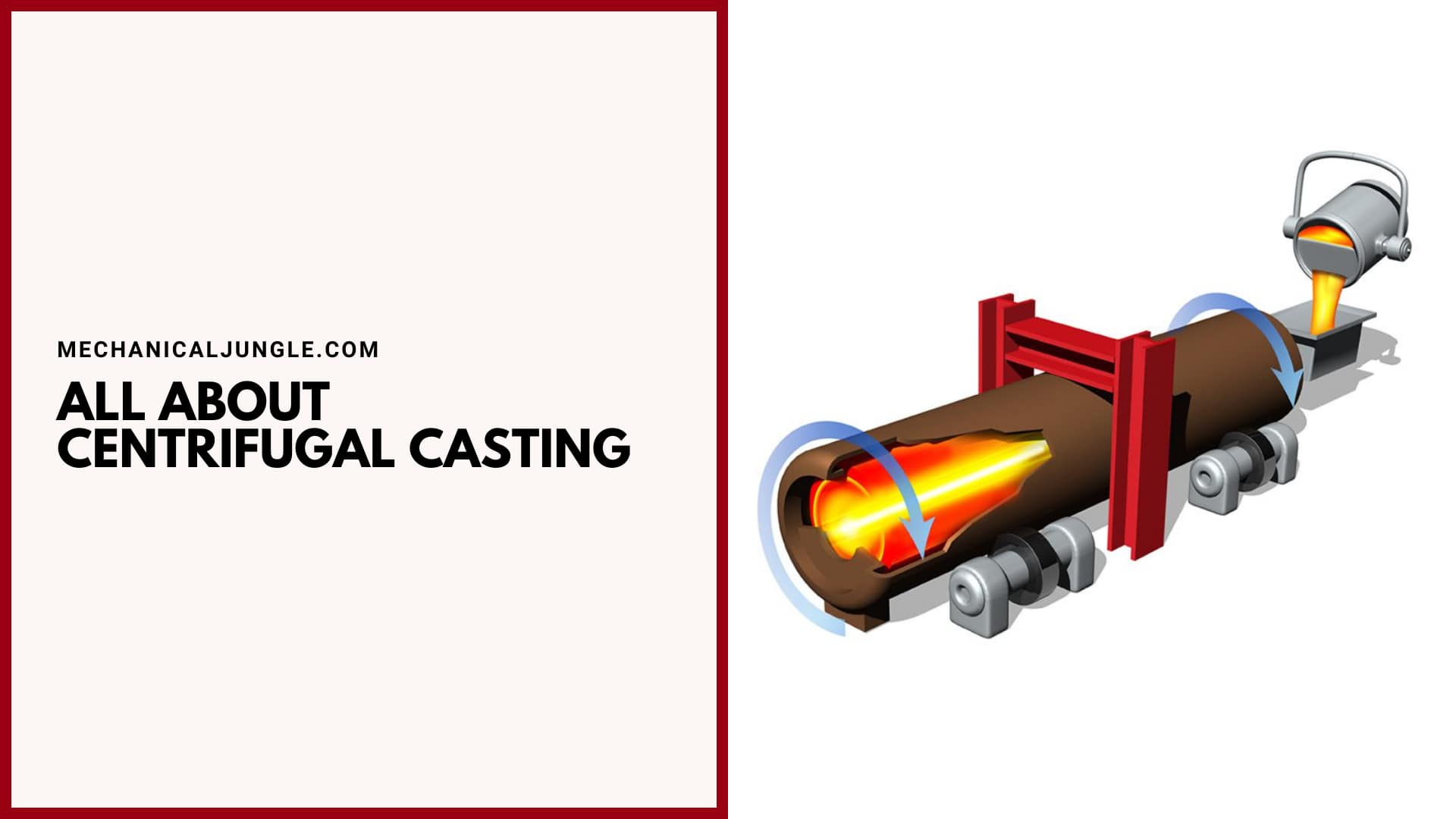
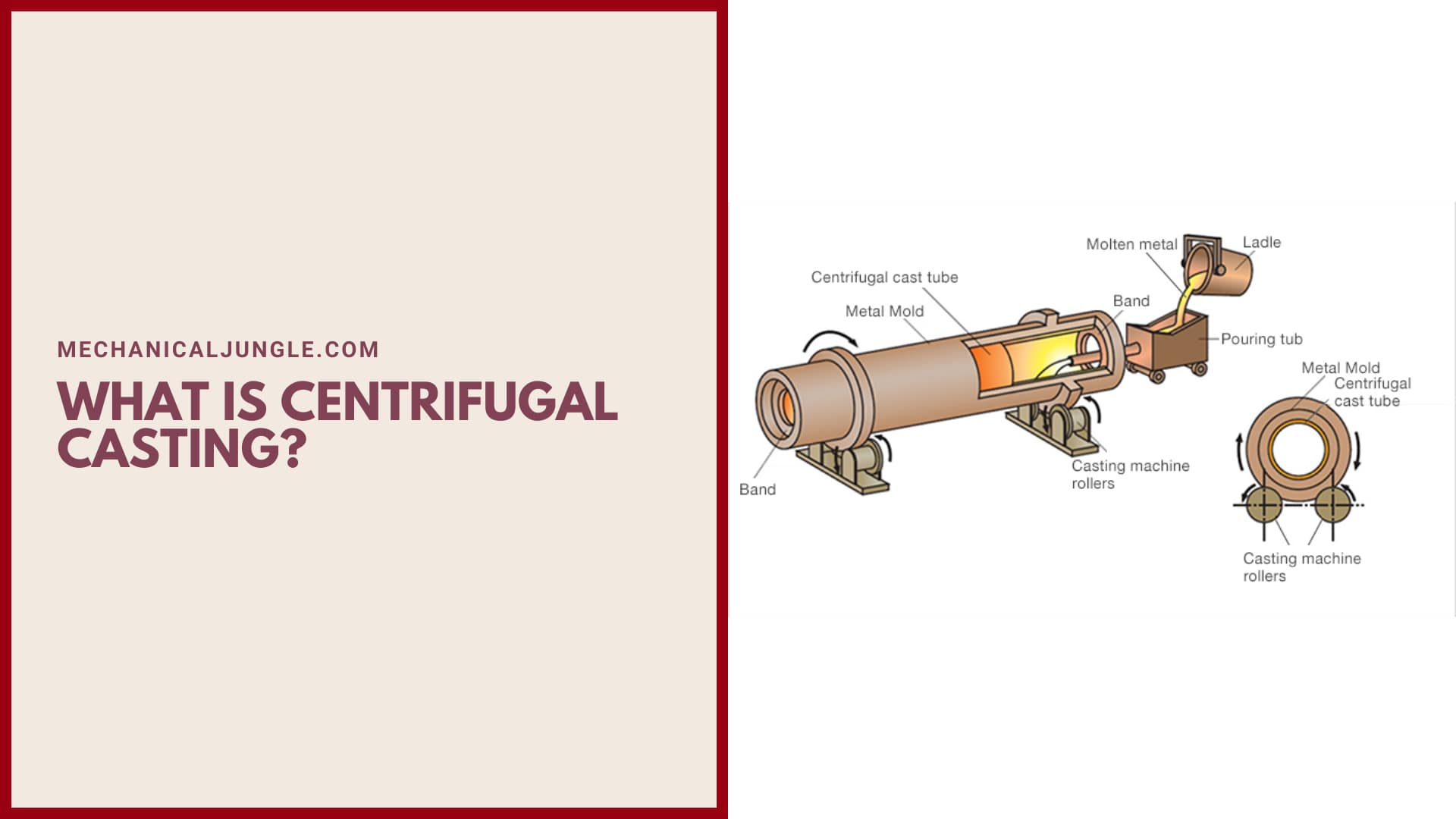
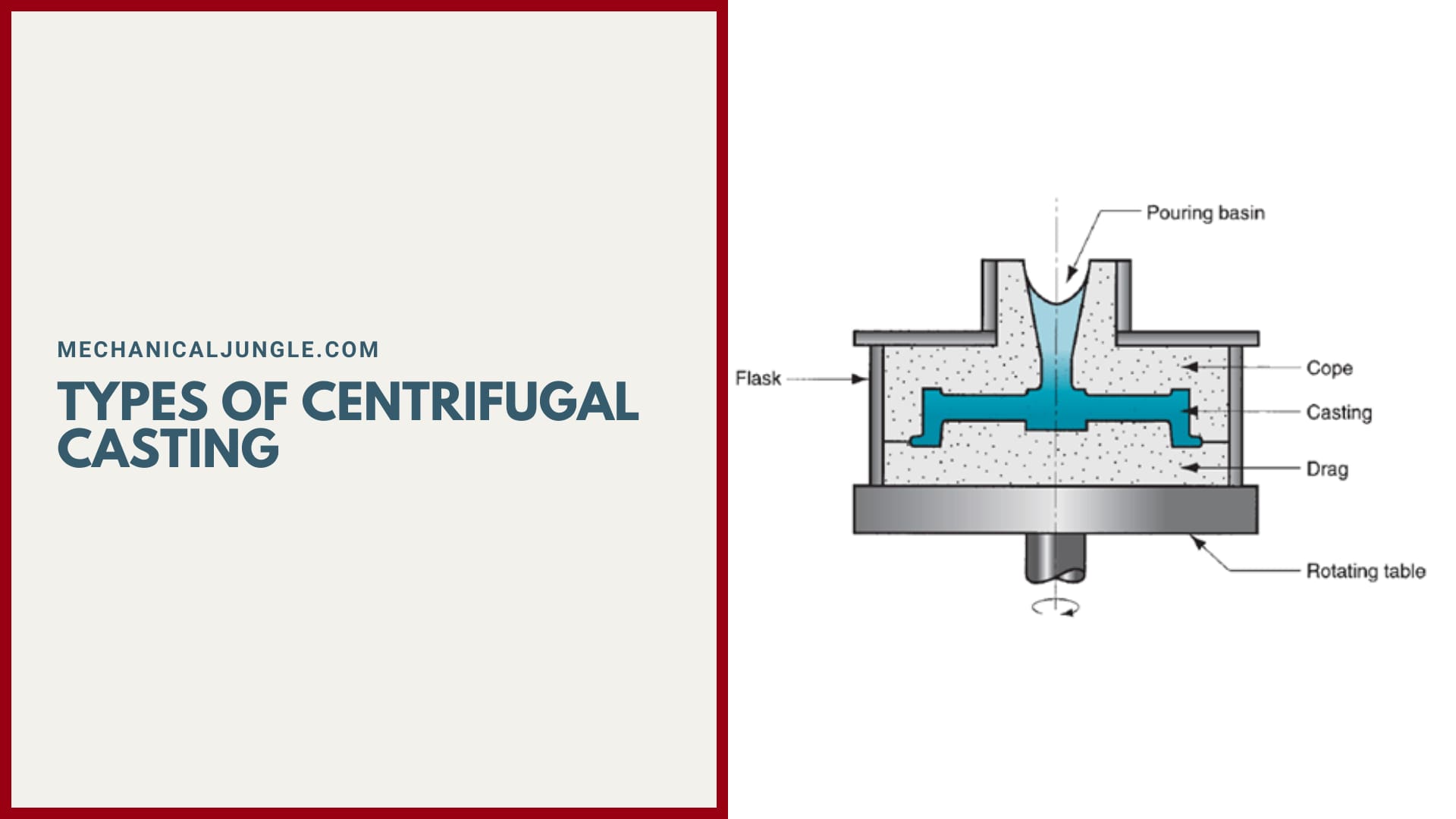

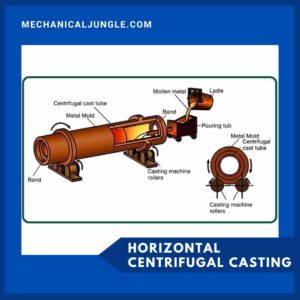
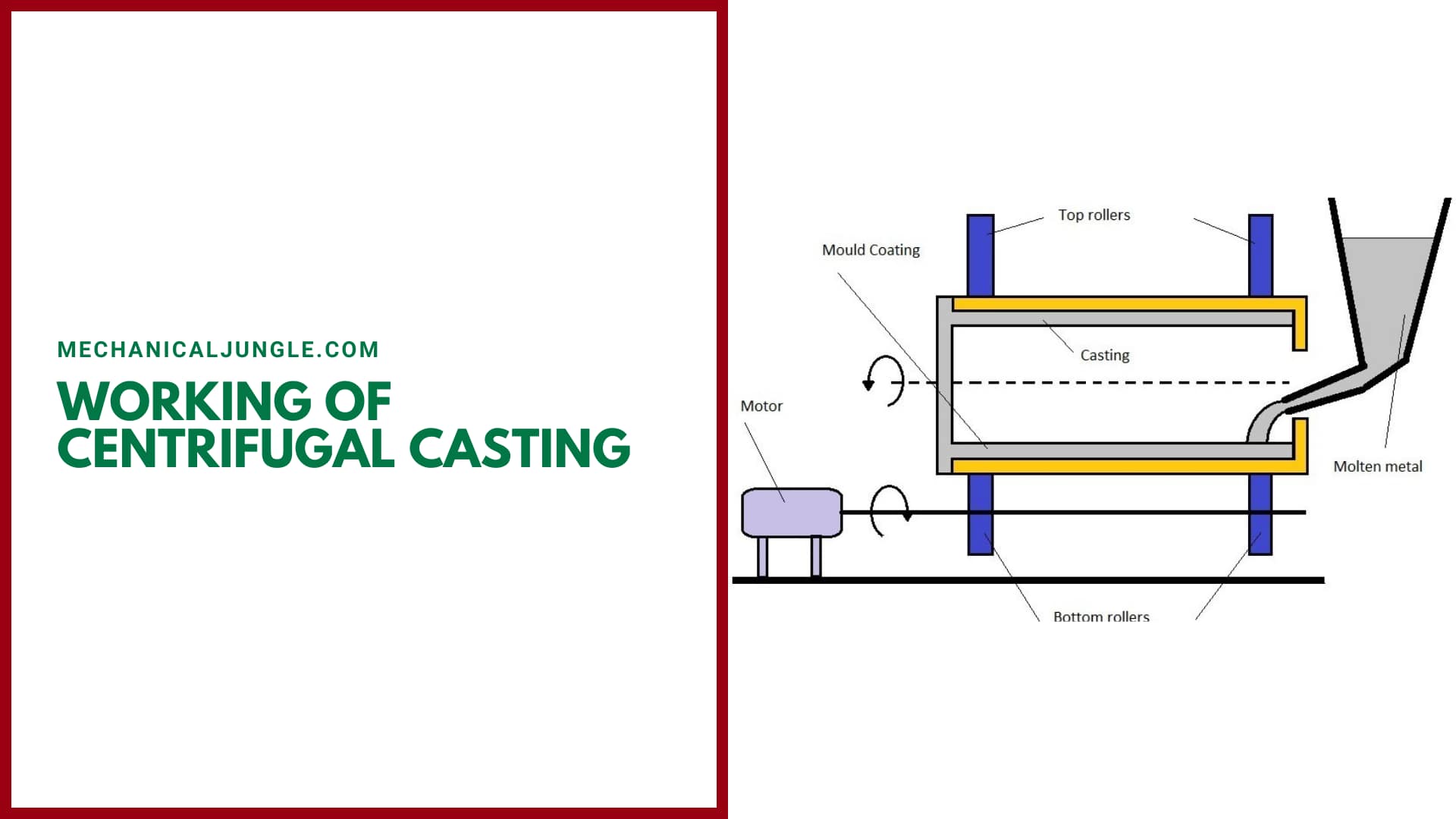
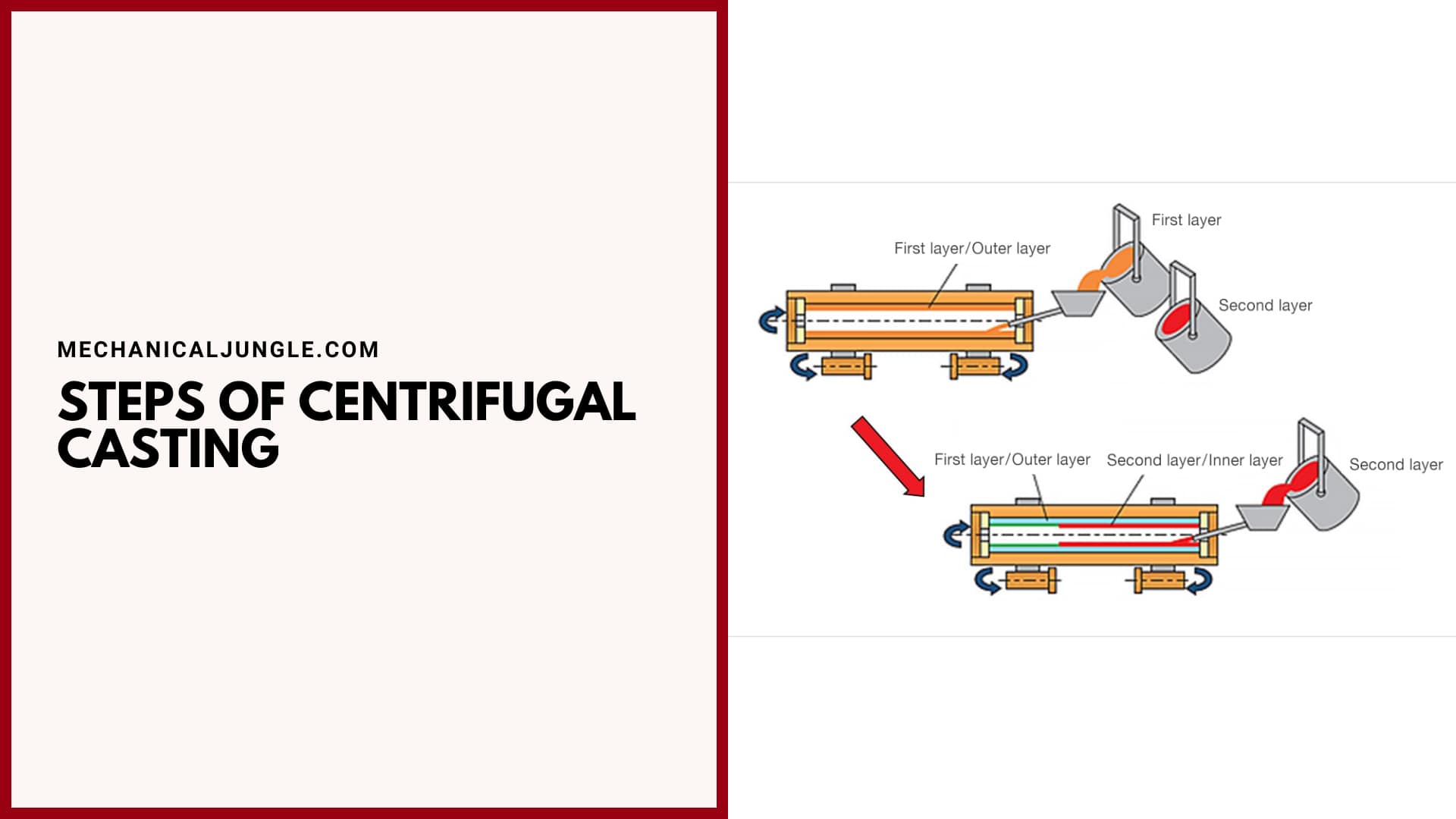
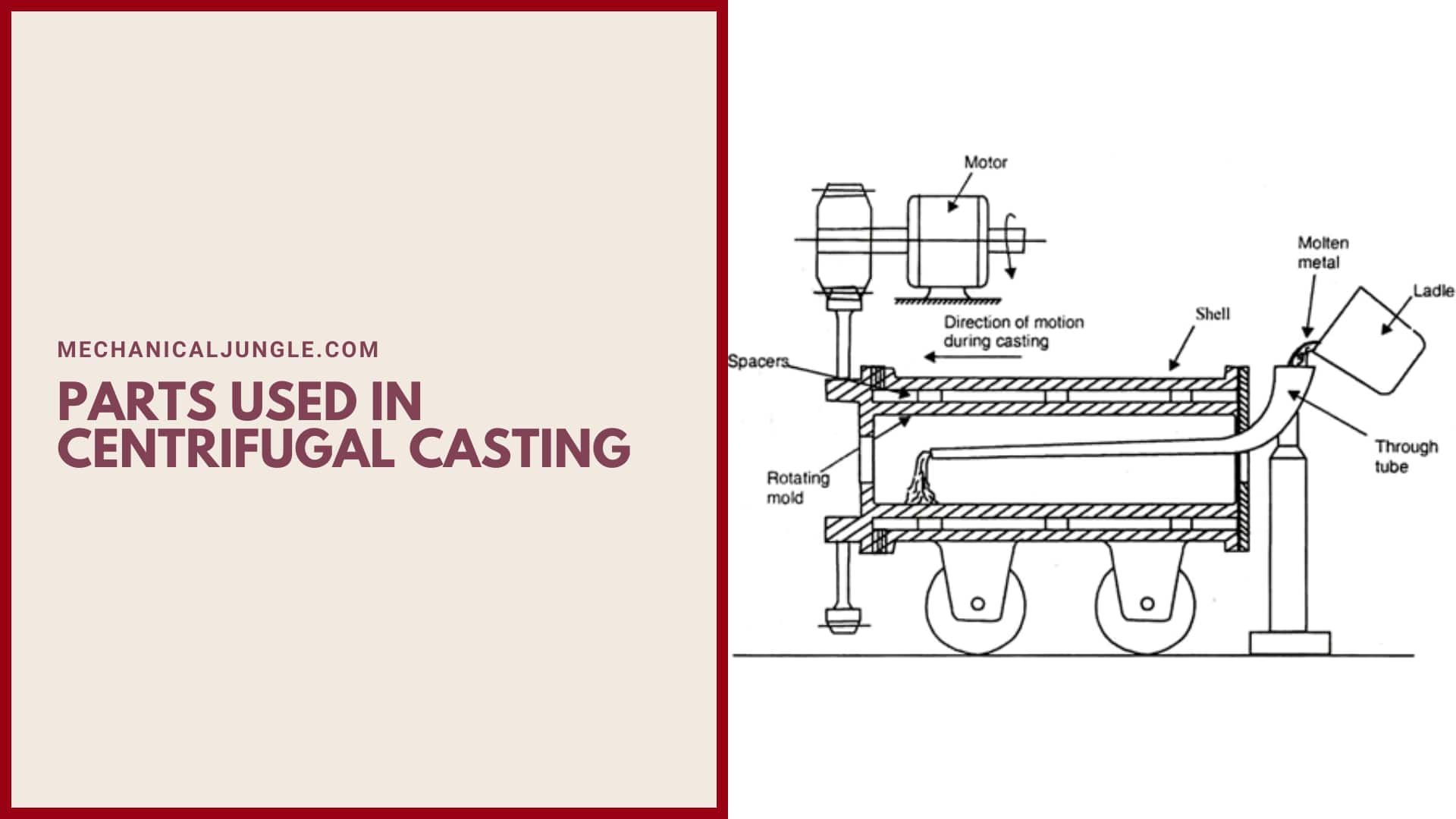



Leave a Reply